Using AI to assess language and explore work attitudes
24 มีนาคม 2566 - เวลาอ่าน 4 นาที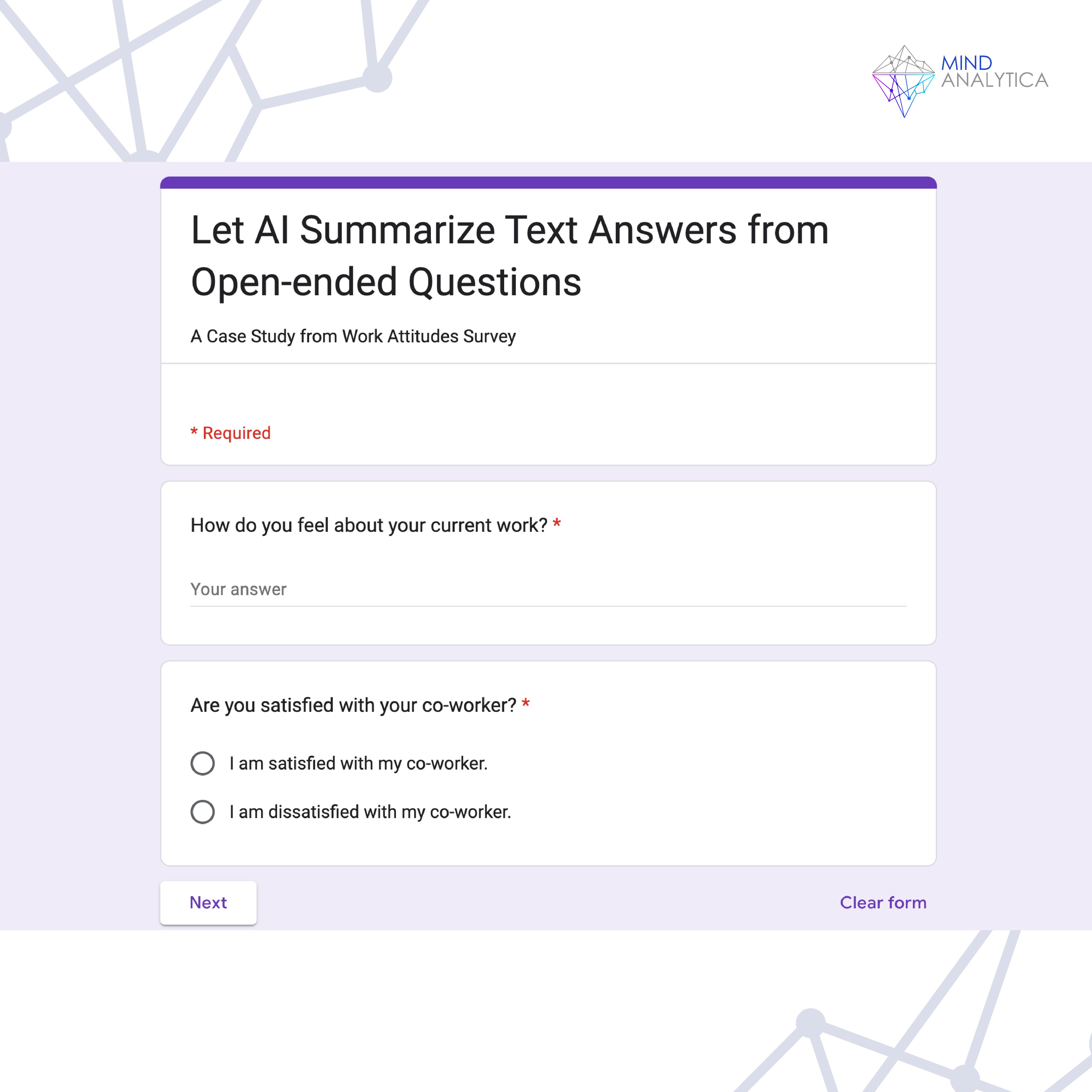
Many companies prefer to create surveys to explore attitudes in the workplace, such as job satisfaction, commitment to the workplace, and feelings about fairness at work. These surveys usually consist of statements that respondents can agree or disagree with, such as, "Are you satisfied with your current coworkers?" This method is popular because it is easy to analyze the results.
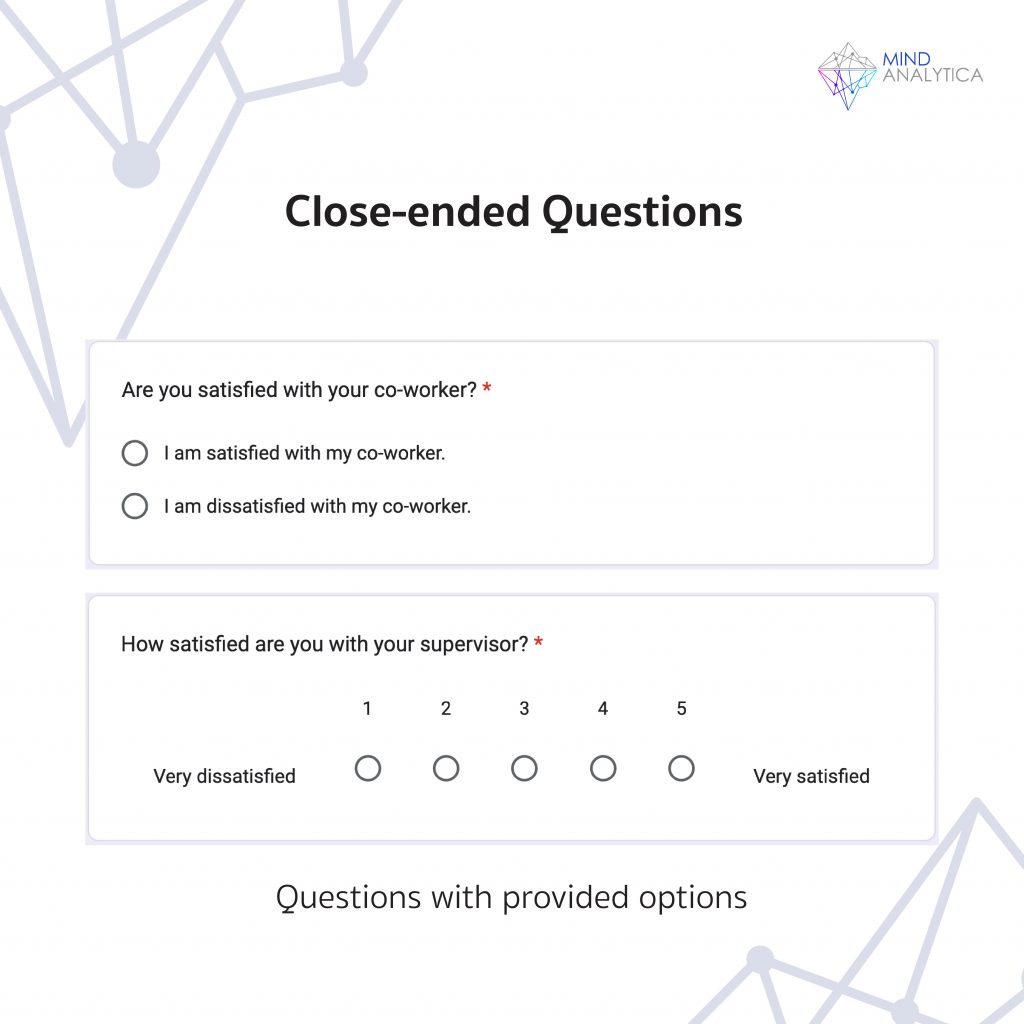
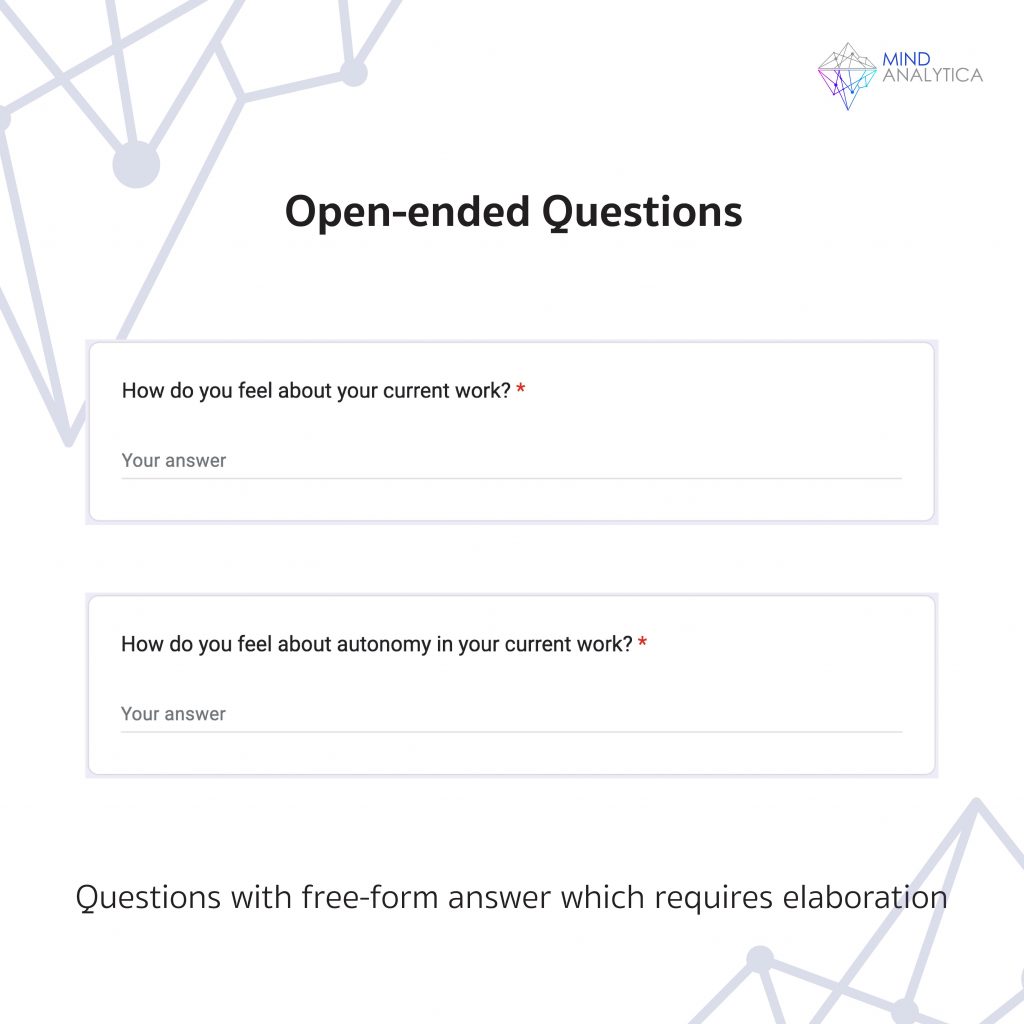
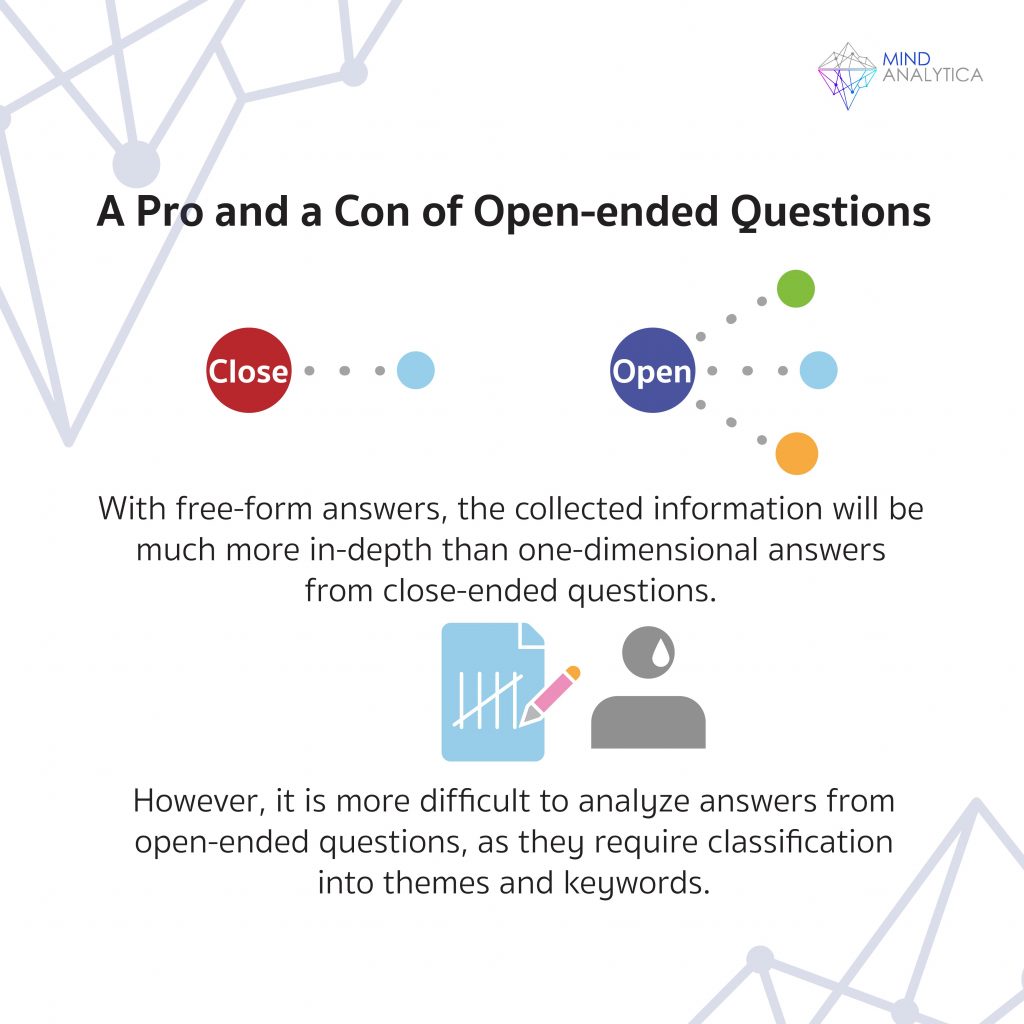
However, with natural language processing (NLP) technology, answers from open-ended questions can also be processed and scored for various work attitudes.
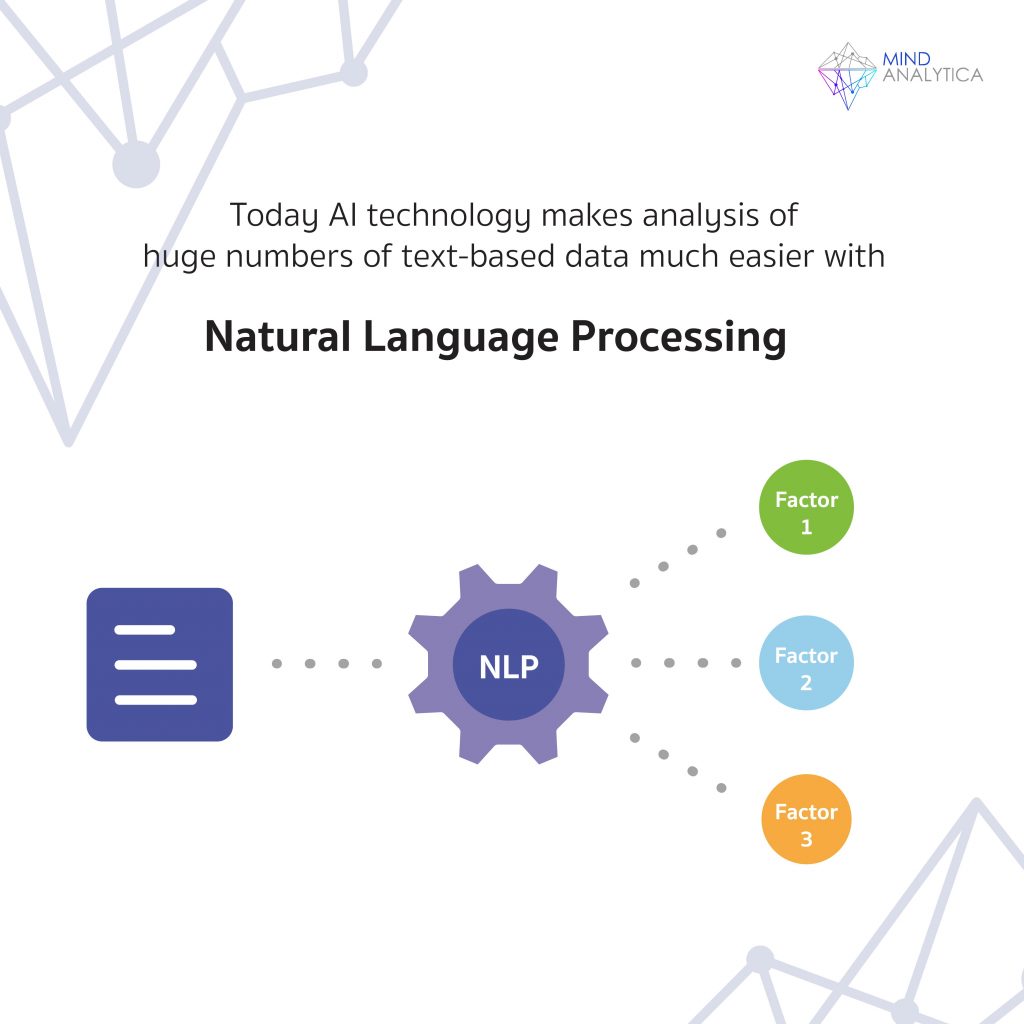
NLP is a field of knowledge under artificial intelligence (AI) that tries to understand how humans communicate. NLP is used to analyze sentences, understand emotions and feelings expressed in sentences, and comprehend language context, including converting speech into text. NLP in English has progressed significantly to the point where people may not be able to notice, such as some YouTube videos being created with AI-generated content and voiced by AI without listeners realizing it.
NLP can be applied to understand responses to open-ended questions, allowing respondents to answer by typing or writing freely. For example, a query may ask, "Please explain how you feel about the workload you are expected to handle (e.g., the number of tasks)," and require the respondent to provide an answer between 75-500 words. The survey may have several questions, and the developers can apply NLP to calculate and create various work attitude scores.
Recently, Speer and colleagues published research in the Journal of Applied Psychology in 2023, showing that their team successfully created a set of open-ended questionnaire items consisting of 16 short-answer questions and 2 long-answer questions. The team assessed how the questions would measure the target attitudes. From these 18 questions, they could convert the responses into 26 different attitude dimensions, such as autonomy, role confusion, intention to quit, workload, etc. The number of attitude dimensions is greater than the number of questions because each question can indicate multiple aspects of attitudes.
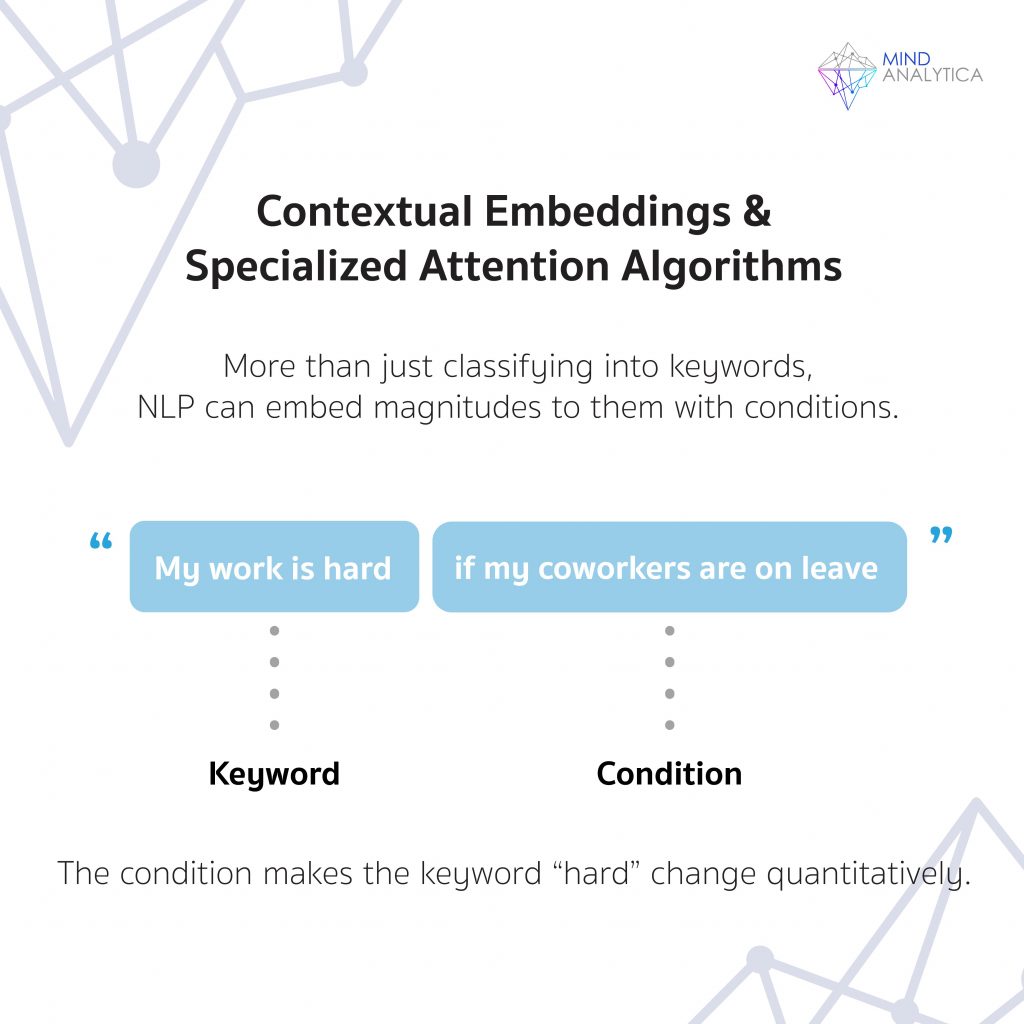
Speer and his team found that algorithms that pay attention to the context in the content (contextual embeddings and specialized attention algorithms) perform very well in transforming various attitude scores. This algorithm does not only use keywords but also considers the context in which the keywords are located. For example, if a respondent answers, "My job is heavy if a coworker is sick or on leave. It's not always heavy." If only keywords are considered, and words are counted, the program will only focus on the word "heavy" and assign a high workload score. But if the score is calculated from the context, the term "heavy" may not reflect that this person works very hard because there is a conditional sentence. When the context is involved, the calculated scores correlate with the attitude scores obtained from closed-ended questionnaires. Speer and his team published scoring tools in their research paper, but readers may need R and Python knowledge.
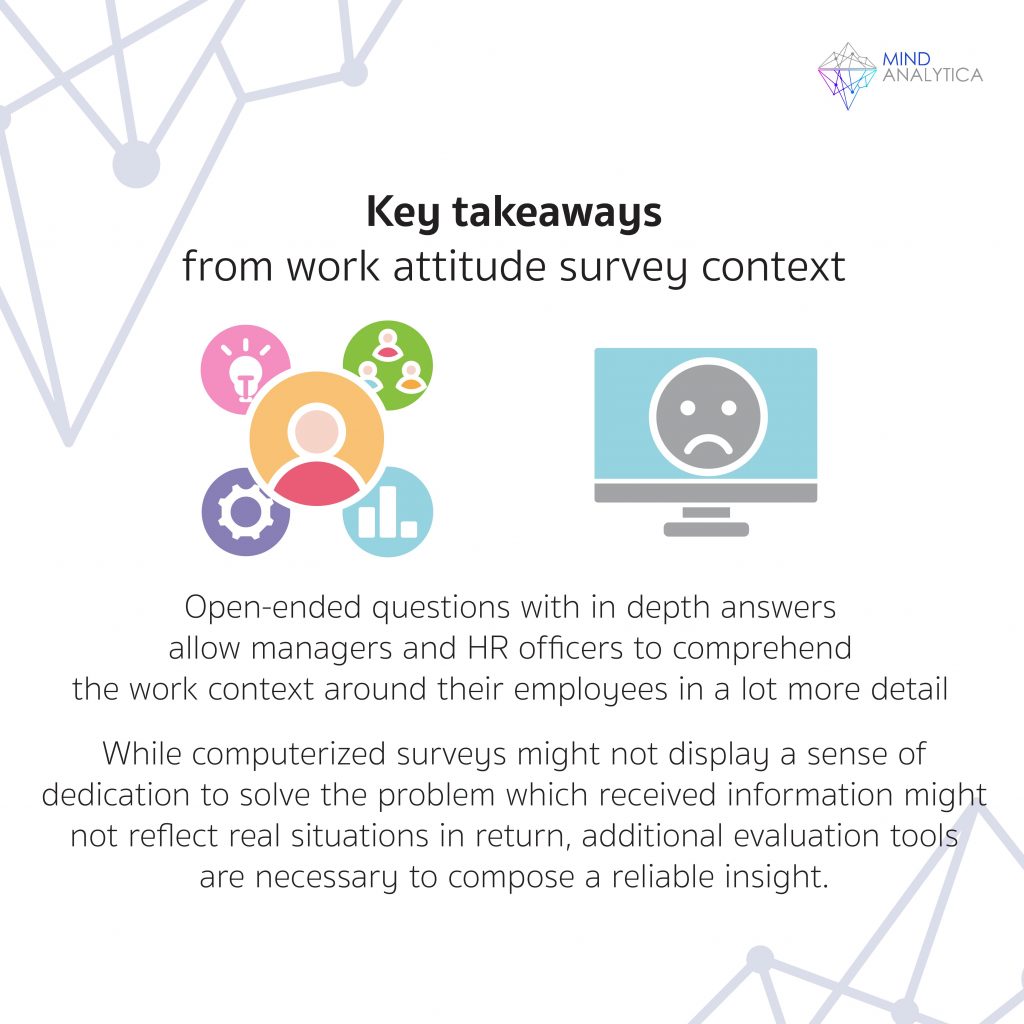
In a job satisfaction survey, instead of answering whether they agree or disagree with the statements in a questionnaire, employees can freely write their thoughts directly, as there is a program to convert text answers into scores. However, if respondents know that no one reads their written responses and only a computer reads them, they may feel bad that the "real questioner" does not pay attention and delve into the thoughts of each respondent. The program only reads specific keywords and discards the rest. Therefore, this analytical method should not be used as the sole tool for attitude surveys. Researchers should develop instruments summarizing answers from all employees surveyed to describe the importance of employees' responses, such as which departments have issues to address (e.g., the sales department's dissatisfaction with supervisors). In research terms, Speer's research summarizes the content quantitatively but does not summarize the content qualitatively.
Currently, the most powerful technology available, such as ChatGPT, can be applied to summarize content qualitatively. ChatGPT can quickly recap hundreds of pages of books into bullets (which further research is needed for accuracy). Adding qualitative results and indicating which texts each qualitative summary topic comes from will make attitude surveys in the workplace more effective. Organizations will better understand their employees, knowing what most employees think and feel from the summaries, and use Speer's methods for numerical analysis to compare with past scores or compare scores between departments.



